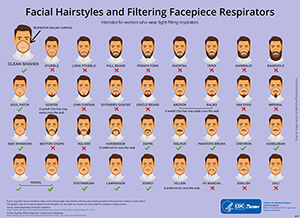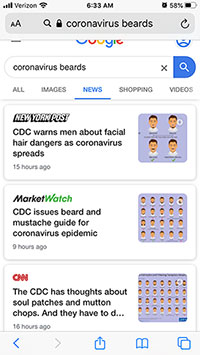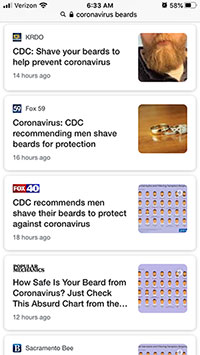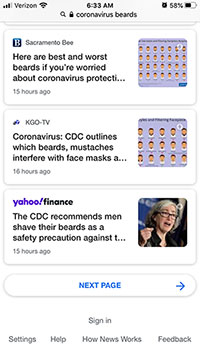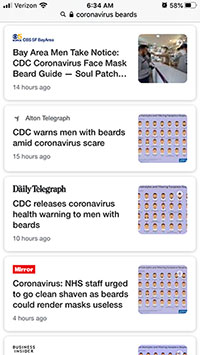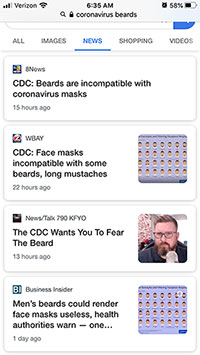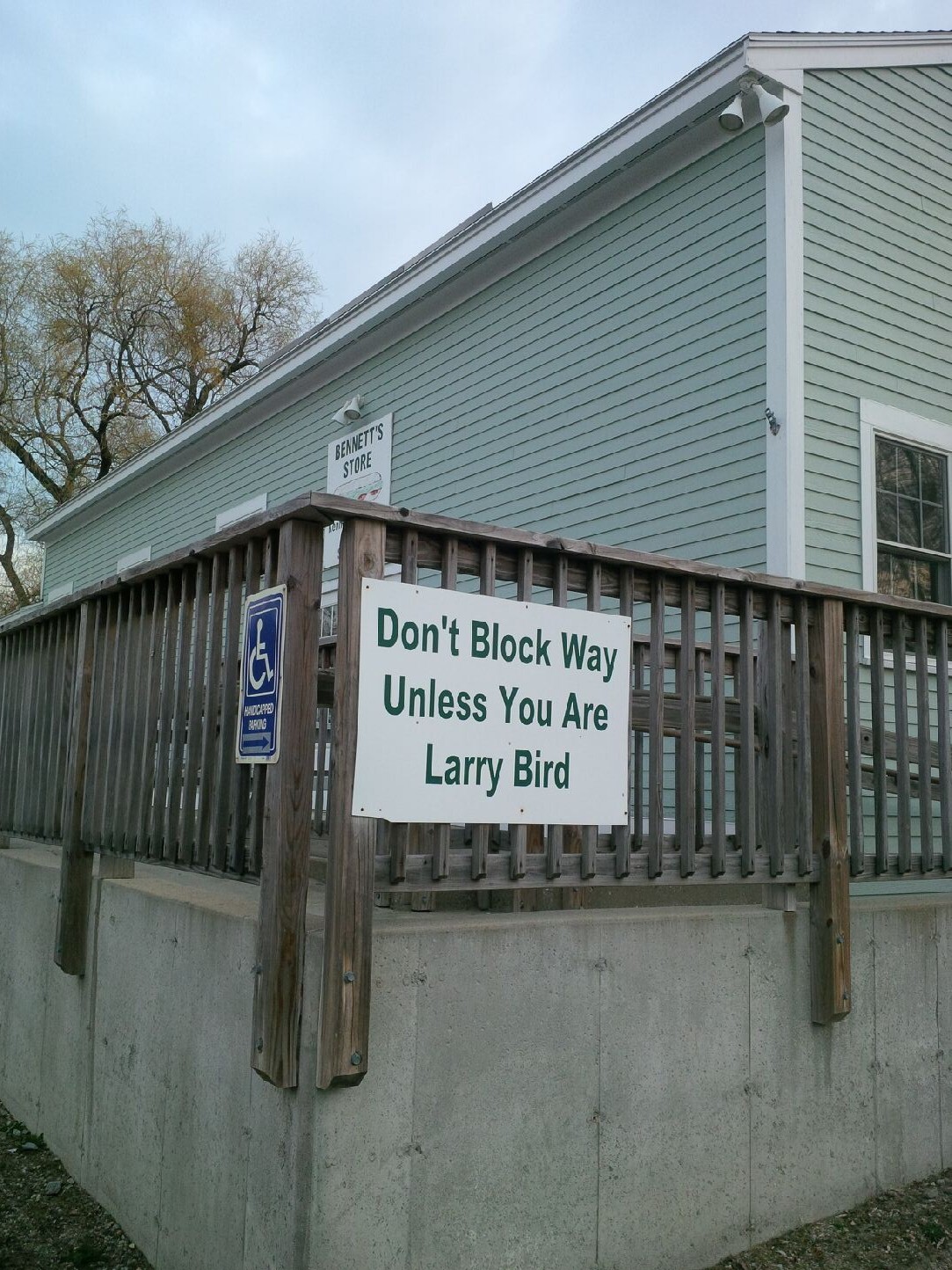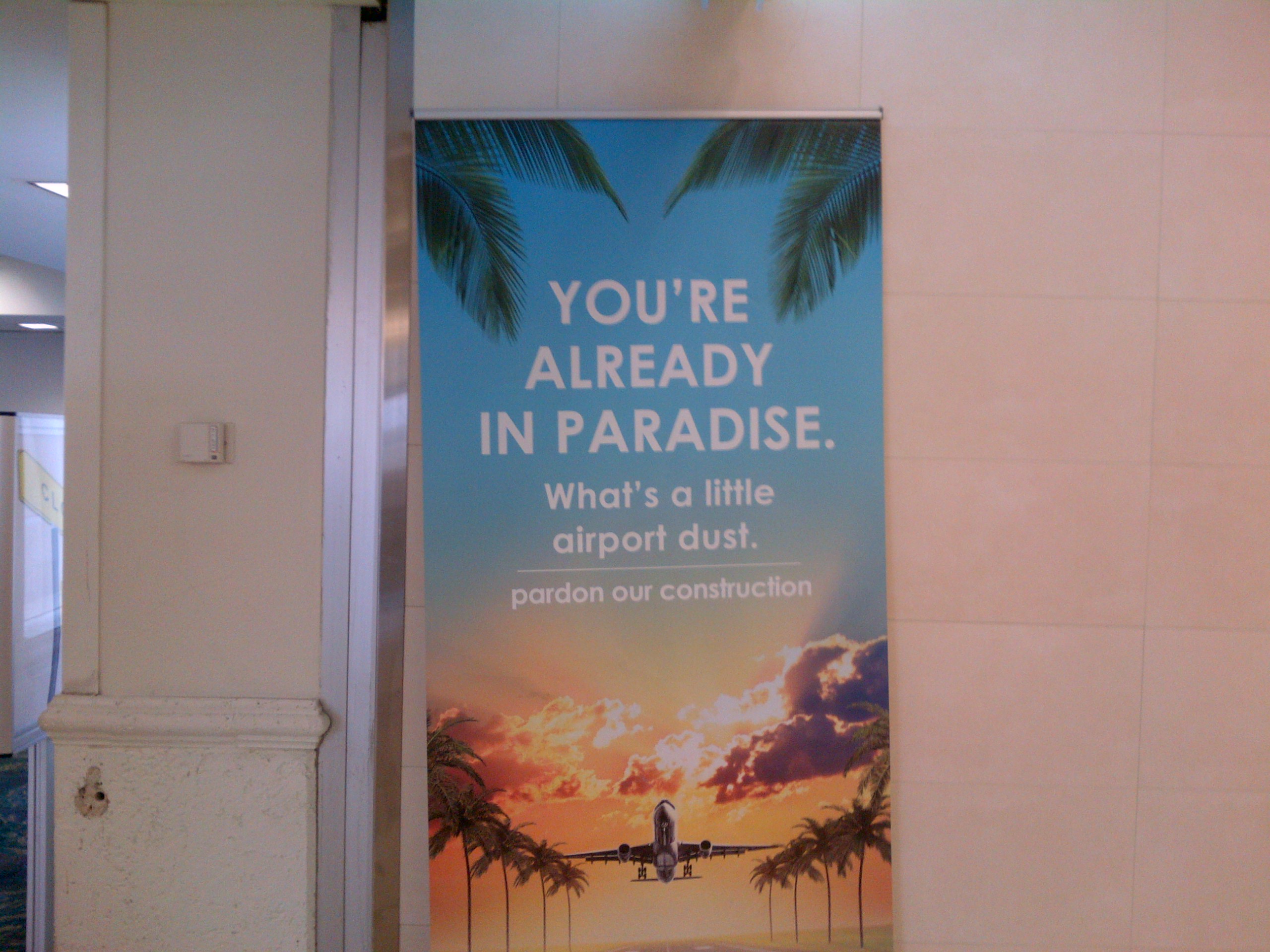If a segment of your subscribers isn’t EVER opening your emails, it’s time to get them to reengage or…what? You’ll kick them off the list? A strong ultimatum (see below) can indeed be one of the best ways to inspire reengagement among email subscribers.
But lordy, that sounds harsh. And on the surface, it also seems like it would hurt YOU more than it would hurt them. They clearly won’t miss you, but your list size decreases. Shouldn’t your goal always be to make your list as big as possible?
No, actually. It shouldn’t. Your goal should be to have a healthy list with as many engaged subscribers as possible. Subscribers who never open your email – for whatever reason – are hurting your overall email program’s success.
That’s not just my opinion…it’s a fact. If you’re skeptical of that fact, then before proceeding down to the real purpose of this article, pop over and read this article from HubSpot. They do a brilliant job of explaining why you should prune your email list regularly and the steps to make that happen.
But that’s not why we’re here. We already KNOW that you should prune your list. The question is…what’s the best way to reengage email subscribers before you take the drastic step of booting them from your list?
When faced with that challenge, you have one laser-focused goal at hand: getting folks who always ignore your emails to open just ONE of them. This will determine their fate. If they open it (or them, if you’re doing a reengagement series), they stay. If they don’t, they go.
If your emails are not being opened because they’re going to spam and subscribers just never see them, ultimately those subscribers should be removed from your list. Any reengagement email you send will also go to their spam, so no matter how provocative or seductive your bait, they won’t bite. Cut them loose.
But the rest of the never-openers? THAT’S the high-potential pond where your bait matters. These folks signed up for your email at some point, but they’ve become apathetic toward you: not disenchanted enough to unsubscribe, but not interested enough to open anything you send. They’re in “engagement limbo.” And if you can jolt them into opening just one email, you instantly increase your list’s health AND inspire them to care about you again.
So here’s the million dollar question: how can you successfully deliver that jolt?
Grabbing the attention of these apathetic recipients relies exclusively on the email’s subject line. It’s the only tool you have to influence their behavior in these circumstances. If the subject line doesn’t grab them enough to open it, the email’s content doesn’t matter.
Reengagement subject lines (and their corresponding body content) generally fall into one of three categories: gentle nudge, rewarding lure, or strong ultimatum. Which one/s you should use (or whether you should combine them as a series) depends on your brand’s personality, the transactional nature of your business relationships, and how determined you are to stringently prune your list.
Gentle Nudge
This is some version of “we miss you, where have you been?” It’s a subtle tactic with no hard bite, but it could work with subscribers who are only mildly apathetic. You could give this tactic a better chance by personalizing the subject line: “Joan, we miss you…where have you been?” The content in the email body may or may not contain additional lures/rewards to inspire clicks (a special discount, time-sensitive offer, etc.). But the overall vibe of this approach is soft and subtle, gently reminding them that they once pursued an email relationship with you and why they should stay in that relationship. It’s often used as the first volley in series of reengagement tactics. If they respond to this, there’s no need to pursue them with further measures.
Rewarding Lure
This is some version of “bribing” subscribers to reengage. That sounds severe (and desperate, if we’re being honest), but engaged email subscribers are precious marketing assets. It’s perfectly reasonable for you to trade something in exchange for wooing them back to caring. Plus, if you give them a special offer (discount, value-add, etc.) that inspires a purchase, that’s revenue you wouldn’t have had anyway because they were previously ignoring you.
This lure has to be meaningful enough to matter, or the subject line won’t grab them. So if you send 20% off specials to your general list all the time, this one-time offer to spark their reengagement must be significantly more appealing than that. Again, personalization matters here to help cut through their desensitization. “Victor, here’s 50% off just for you until (deadline).” Don’t get hung up on the use of 50% in that example. The point is to make the offer exclusive and ultra-special, beyond the types of offers you usually share. Free stuff, exclusive access to something, special perks and more…all can inspire that holy grail behavior you’re seeking here: open that email.
Strong Ultimatum
This one’s not for the faint-hearted marketer, but it can be incredibly effective. Here, you essentially threaten to remove them from the list by giving them one last chance to show you they want to stay. You want to deliver a shocking jolt? Human nature compels people to want what they can’t have. So telling them they’re being removed from the list unless they deliberately request to stay is bound to grab their attention. This tactic is the most direct and yields the most definitive action.
But be prepared, because this tactic comes with risk. If not done with situationally-appropriate grace, you risk sparking a negative reaction/perception of your brand…whether or not they choose to stay on your list. No one loves being threatened, so while you may get the initial result you want (they stay), you may have some branding repair work to do there. Their affection for you may have taken a hit.
Ironically, a helpful “real life” example of this comes from HubSpot, the same folks referenced above for their brilliant explanation of how/when/why to prune email lists. The irony is that the tactic worked, but it left a bad taste in my mouth.
I’ve been on HubSpot’s daily email list for ages and hadn’t opened one in a while. One day, I got an email from them with this subject line:
“We’re signing off. Here’s why…”
Of course I opened that immediately because I thought they were closing up shop (as I’m sure they intended). Turns out, when I opened it… they were threatening to break up with ME because I haven’t been opening their emails:
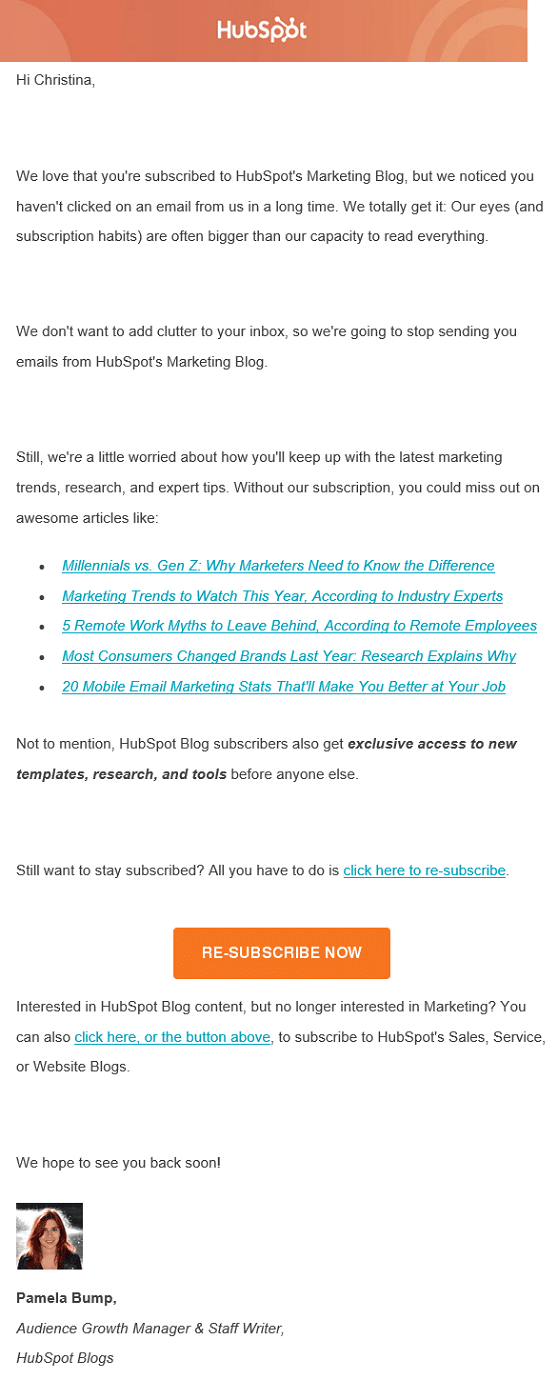
Now, I’m a marketer and this was a marketing newsletter from a marketing company. So I get why they did this and don’t begrudge them the tactic. They got their “open” from me, and that was the primary goal.
But I have to admit…despite that allowance for marketing kumbaya, the email’s execution just rubbed me the wrong way. Telling me that “my subscription habits are bigger than my capacity for reading everything” is rather obnoxious. It seems to be accusing me of poor time management skills. Like it’s my fault for not being able to keep up with reading their emails…not their fault for sending emails whose subject lines don’t pique my interest enough to open them.
The rest of the approach in the email body is on point. There are plenty of lures in there to catch my attention, and a nice big button that says “Re-Subscribe,” which is another emotional tactic designed to move me to action. It’s as if I’ve already been booted from the list, and now I need to proactively do something to get back on it. (Hilariously, this wasn’t true because I didn’t click on anything and still kept getting their emails. Yet another thing that annoyed me – the empty threat.)
The point is…be careful how you approach the strong ultimatum tactic. This is especially true if you’re in the hospitality business. Threatening to kick someone off an email list because they haven’t engaged with you in a while can come across as VERY inhospitable, no matter how gracefully you word it.
Overall bottom line: quality over quantity is always the best pursuit with email subscribers…and indeed with most marketing efforts. For another highly illustrative example of this, check out the time we had to break up with Google because it was sending TOO MUCH traffic to our website.
 get travel marketing tips
get travel marketing tips 
